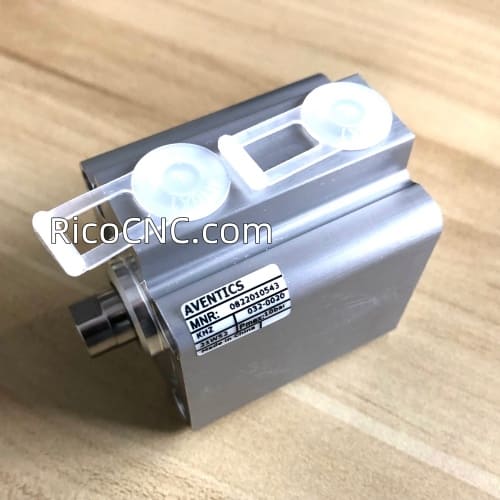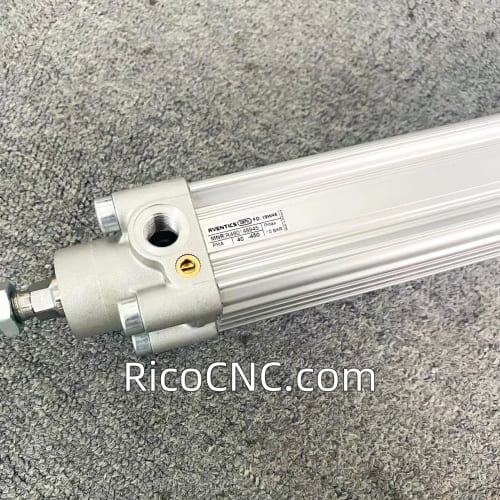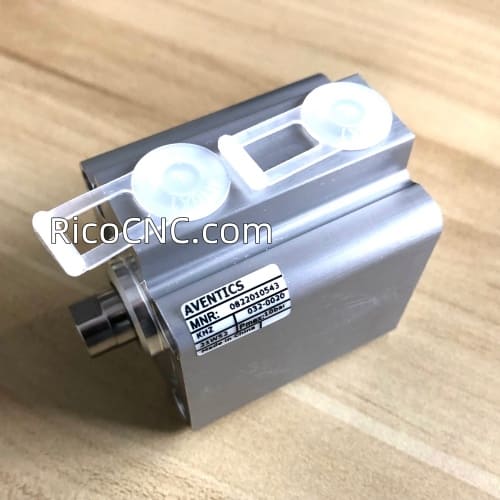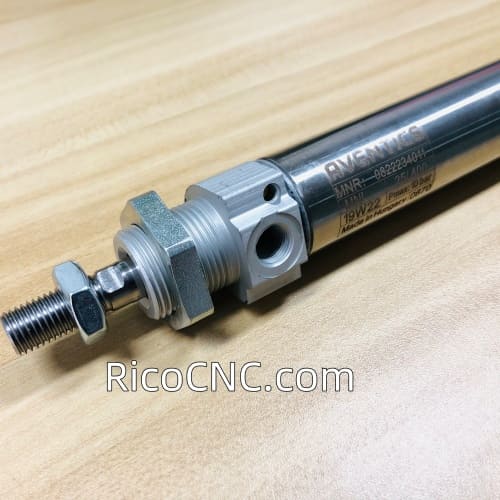

Pneumatic cylinders are essential for different fields, providing reliable motion and force. However, air leaks, slow movement, and excessive noise are common issues that can impede their performance.
This article can help you solve these problems and ensure the equipment operates smoothly and efficiently.
Leaking Air
Air leakage is a common issue in pneumatic cylinders that can significantly impact the overall efficiency and performance of pneumatic systems. Even minor air leaks can lead to noticeable declines in system performance, causing machinery to function inefficiently. They can decrease productivity and potential downtime.
In addition to worn seals and loose fittings, leaks may originate from micro-cracks in aluminum cylinder walls, aged O-rings that have lost elasticity, or improperly torqued end caps during installation. Environmental factors such as heat, vibration, and chemical exposure can accelerate material degradation, making components more prone to leakage over time. It is crucial to identify and address these leaks promptly to maintain optimal air quality and ensure system reliability.
Using soapy water to detect bubbling at potential leak sites is a highly effective method.

Slow or Inconsistent Movement
When a pneumatic cylinder moves sluggishly or with inconsistent speed, it can disrupt precise motion control and lead to inefficiencies in automated processes.
Beyond low air pressure or restricted flow, jerky movement may result from moisture or oil contamination inside the air lines. This is particularly common in humid or poorly filtered environments where water vapor condenses within the cylinder barrel, increasing friction and causing erratic movement.
Undersized air lines or incorrectly set flow control valves can lead to slow or Inconsistent movement. If the system cannot supply sufficient airflow during rapid actuation cycles, the cylinder will slow down or hesitate at specific stroke points. Internal wear on the piston or guide rods can also introduce resistance that disrupts smooth motion.
Excessive Noise
This noise includes vibrations resulting from loose components, improper installation, or inconsistencies in the air supply that can lead to pressure-related problems.

Sticking or Jamming
Sticking or jamming in pneumatic cylinders can significantly impede their functionality, resulting in reduced efficiency in industrial applications. Factors such as misalignment, wear and tear, or contamination may lead to binding of the piston within the cylinder, causing erratic movement or complete failure to actuate.
Improper installation or insufficient lubrication can further exacerbate these challenges, potentially compromising the overall efficiency of the pneumatic system.
Seal Failure
The most common cause of seal failure is natural wear and tear from continuous operation—especially in high-speed or high-frequency applications. Over time, seals lose elasticity, become brittle, or develop cracks. Seal failure in pneumatic cylinders represents a significant concern, as it can result in considerable air leakage and a decline in operational efficiency. This issue frequently stems from wear and tear, environmental conditions, or improper installation, highlighting the necessity for prompt maintenance and potential replacement of seals or other components.
Incorporating regular inspections, using high-quality components, and optimizing your compressed air system are all part of building a reliable pneumatic operation.
RicoCNC can supply:
R480047454 Aventics Cylinder, 0822010543 AVENTICS Short-stroke cylinder, 0822350005 Emerson Aventics, welcome your inquiry.















